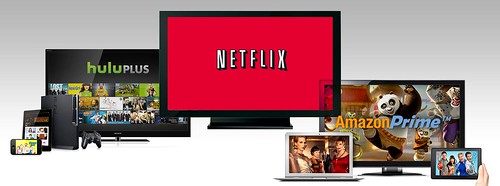Avril Speaks, writing on Dear Producer, shares her recent experience with the distribution of Jinn by Orion.
“I recently had a conversation with a friend who used to work in distribution and she said, ‘Distributors make money off of your ignorance.’ Truer words have never been spoken.”
- Know, Show and Prove: Every filmmaker should have an idea of what they want to happen to their film after it’s completed.
- “Meaningful Consultation” is Meaningless: Once you turn over your film to the distributor, it is theirs and they have the right to do with it and package it however they please.
- Day and Date Releases Aren’t What They Seem: Know that the focus for day-and-date releases is more on VOD than it is on theaters, which means that if you had high hopes for a theatrical presence, you might need to rethink your expectations and your marketing strategy.
- Negotiate Delivery: Do not sign a contract without seeing the deliverables list first.
- Speaking of Delivery: Your distributor will have lots of demands that are difficult for you to achieve with limited resources (which is why I advise you ask for a portion of your MG upfront).
- Minimum Guarantee: Ask for a portion of your MG to be paid upfront so that you can pay for delivery expenses.
- “Let’s just finish the film; if we get a distributor, we’ll let them handle everything else.” Your distributor will not pay for your music, they will not pay for your clearances, they will not throw you a party, they will not handle all of your marketing and press needs.
- Reach Out: Find yourself a community of producers who can help you walk through the process.
My take: it seems if you have a year or two to invest in your brainchild, self-distribution is an option to seriously consider.




